“Home” is a loaded word for me, often fraught with confusion and longing. When I try to define it, I feel pulled in various directions. Is home where I was born? Or where I grew up? Or the various places where my family live? Or my current address?
Each of those answers is different for me. Having moved around a lot as a child – to three different continents by the age of five – home was an ever-shifting state. It continuously transformed into different languages, customs, and people to call family.
Anyone with divorced parents, or from mixed cultures, is familiar with this divided – sometimes even opposite – sense of home. My childhood was split between the French Alpine town of Chambéry (where my mother grew up), and New York City (where my father is from). Both places (and people) couldn't have been more different.
As a result of this upbringing, I have often felt at home in many places, but have also never felt like I belonged anywhere. Wherever I am, someone, or something, was always missing. No matter the circumstances, parts of me were omitted.
Naturally, this has set me in a constant motion to find home. I bounced around a lot, feeling more comfortable in change than constancy. I once wrote to author Tom Robbins:
“The road continues to call to me – the rocking of a train, car, horse, the earth under my feet, still feels like my natural element. My heart beats to its rhythms, ‘a maze off to somewhere else; restless, talkative, and curious.’”
This curiosity opened the doors to endless discovery, from Argentina to India, from Burkina Faso to Laos, from Mexico to France. But I wasn’t ever quite sure where to land, nor what I was searching for. There were no parameters to what home should look, smell, taste, or sound like – my senses had experienced a wide range of possibilities. I was seeking a feeling, rather than a place.
Ironically I landed in the most unlikely place – Los Angeles – a place I had never felt attracted to. Even after a decade, I have yet to grow an attachment to the city. But I did find a home, within my partner, whom I met here. Sometimes true shelter comes in the form of a loving embrace.
My search hasn’t fully dwindled though. In recent years, my partner and I have been contemplating leaving the city, though we have yet to decide where to go. We seek a space – even a country – that aligns with our values, matches our priorities, and nurtures our creativity.
No place is perfect, of course. It can be tempting to think that our life will be “fixed” elsewhere. As Ram Dass wisely said: “Wherever you go, there you are.” But there is a difference between leaving as a means for escape, and moving intentionally.
I recently visited a friend’s house, which had been thoughtfully designed for the new chapter of their life. As a couple nearing their 60’s and 70’s, they wanted to live in a more minimal, open, and collective way. Every part of their small space reflected this intention: a tiny closet for their clothes, an open kitchen with no drawers, and instead of walls, they built sliding doors to separate each room.
Beyond a physical space, home is also the ties we build with people. It’s the woven daily interactions that make the bedrock of community. To me, it’s knowing the neighborhood coffee barista by name; or being invited to the baby christening of our favorite Trader Joe’s employee; or caring for our neighbor’s cat when they travel. Home isn’t a place we arrive at, but rather one we construct over time.
I’m starting to accept that wherever we plant our roots, the longing for home may never cease. It’s perhaps a natural human inclination, a deeper spiritual yearning.
recently shared a beautiful quote by C.S. Lewis that perfectly encapsulates this feeling:“The sweetest thing in all my life has been the longing — to reach the Mountain, to find the place where all the beauty came from — my country, the place where I ought to have been born.”
This month’s Seven Senses explores 7 artists who expand our sense of home through the senses: SEE, HEAR, SMELL, TASTE, TOUCH, BALANCE, and ENVISION.
In Joy,
Sabrina
PS: this is the last week to receive 20% off annual subscriptions. Paid subscribers receive Weekend Curations, Seasonal Travel Guides, and analog surprises.
SEE
Do Ho Suh
Do Ho Suh’s “art is like a suitcase home. He can pack it up; he can bring it with him wherever he wanted to go and can erect it anywhere. He can always have his homes with him wherever he was. I think that there is this sense of longing and sense of loss inherent in that. Suh considers himself existentially homeless. He is always thinking about how to kind of pair his homes with each other,” says Sarah Newman, head curator at the Smithsonian American Art Museum.
I was lucky to experience his exhibition ‘Almost Home,’ a few years ago. In this life-size experiential installation, Do Ho Suh recreated the various places he had lived – Seoul, Berlin, and New York. Audiences could walk through fabric hallways and rooms, representing each home in minute detail (from the ceiling height to the door knob size).
Do Ho Suh explores this idea of home further in ‘Fallen Star,’ an installation created for the Stuart Collection. The art piece is a cottage sitting crooked on the roof of a 7 story building. It features a lush garden of flowers, vines and growing vegetables.
Do Ho Suh explains: “My desire to guard and carry around my very own intimate space makes me perceive space as infinitely movable. I experience space through, and as the movement of displacement. Space, for me, becomes intrinsically transportable and translatable.”
HEAR
Neustadt Kunsthofpassage
More info online
In 2001, a group of artists, sculptors, and designers transformed abandoned buildings in Dresden, Germany into living art spaces. The complex, called ‘Neustadt Kunsthofpassage’ (translating to ‘Art Courtyards’) is a set of five courtyards, each with a different theme.
One of the most original courtyards is ‘the singing house’ - a building designed to play music when it rains. Annette Paul was inspired by her time living in St. Petersburg, Russia, where the windows of her building would resonate like a ‘rain theatre.’ She recreated that experience with the help of fellow artists and residents Christoph Rossner and André Tempe, designing an intricate network of pipes, funnels and spouts with optimal acoustics to amplify the sound of rain.
SMELL
‘Flower House’ by Lisa Waud
More info online
In 2015, Lisa Waus, a botanical artist, conceived of the ‘Flower House’ project – filling an abandoned Detroit house with american-grown fresh flowers and living plants. Florists from across the country came together to transform the 16-room home into a living immersive installation.
Blossoms and greenery were installed in every crevice of the former residence, with chairs upholstered with succulents, walls covered in tulips, and vines dripping from the ceiling. The project goes beyond the ephemeral installation, converting the neglected properties into a flower farm and a hub for the local community.
TASTE
Gingerbread Interiors, Bread House, and Mushroom Furniture
A couple weeks ago, I visited an art installation of a human-size gingerbread house. Commissioned by Flamingo Estate and MyTheresa, the space included a full kitchen, living room, bar and clothing closet –– all made of gingerbread.
The concept of edible homes isn’t new but endlessly fascinating. In 2004, Urs Fischer created a ‘Bread House’ from about 2,500 loaves of bread. Others take a more practical approach, such as San Francisco-based artist Phil Ross who's been building furniture from mushrooms. He plans on eventually developing a mushroom-made home.
TOUCH
Nitt Witt Ridge
Known as the “poor man’s Heart’s Castle,” Nitt Witt Ridge is a "Twentieth Century Folk Art Environments” registered as a California Historical Landmark.
Once home to Arthur Harold Beal, known as"Captain Nitt Witt," the space was built entirely from recuperated and recycled materials and objects. The project started small: Beal bought the two-and-a-half acre lot in Cambria for $100 in 1928.
For the next 60 years, until his death at the age 96, Beal turned the 250-foot-high ridge into a complex work of folk art. He used tire rims to reinforce the pillars of his house, turned toilet seats into picture frames and decorated his space with glass bottles, abalone shells, and ceramic figurines. Some claim there’s even pieces from the Hearst Castle, located a few miles away, where Beal worked for a short time.
I’ve never visited Nitt Witt Ridge, and unfortunately the property was sold in 2022 and permanently closed to the public. But it reminds me of another space I love – Salvation Mountain – built in the California desert, near the Salton Sea. Its creator is a fascinating artist, who also appeared in the film ‘Into The Wild’.
BALANCE
‘Die Welt steht Kopf’ ("The World Stands On Its Head")
Designed by architects Klaudiusz Golos and Sebastian Mikiciuk, this upside down house was created for a special exhibition in Trassenheide Germany.
The Cape Cod-style house was built on a steel frame, with each room designed upside down. The only thing that's right-size up are the stairs that enable visitors to reach the ground floor, which is installed as the attic. The architects’ intention was to offer visitors a different perspective on everyday objects.
Another funny approach to architectural balance is the odd toilet-shaped house, titled ‘Haewoojae,’ which translates to “a place of sanctuary where one can solve one’s worries.” Built in Suweon, Korea, it was designed by the Inaugural General Assembly of the World Toilet Association, to bring attention to the world’s sanitation problems.
ENVISION
Sensing Home
Moving or traveling to new places, I’ve come to learn that there are simple ways to feel at home. They always come in the form of sensory experiences. For me, it’s my morning tea, or my favorite pen, or my softest scarf etc. I can easily pack these items and recreate a simple sense of home, wherever I go.
What are some of your sensory delights that give offer comfort and belonging? I invite you to make a list of 7 items for each sense: SEE, HEAR, SMELL, TASTE, TOUCH, BALANCE, and ENVISION.
And I’ll leave you with this beautiful quote I came across in my research, from NY artist Sam Orlandi:
“My home is an island, an island within an island. My island floats upon a sea of possibility. To fulfill my dreams, hopes, and aspirations, I simply go fishing, with my imagination, for the blank keys that open any lock. And although frustratingly elusive at times, it is this quiet and uncomplicated freedom, the effortless unlocking of potentiality, that brings me the most joy. I Am Home.”


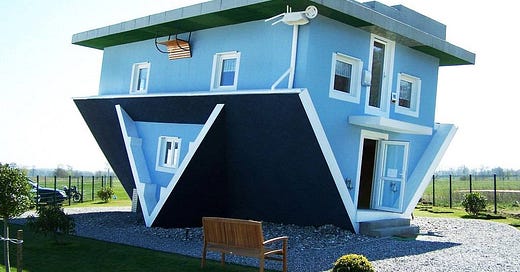




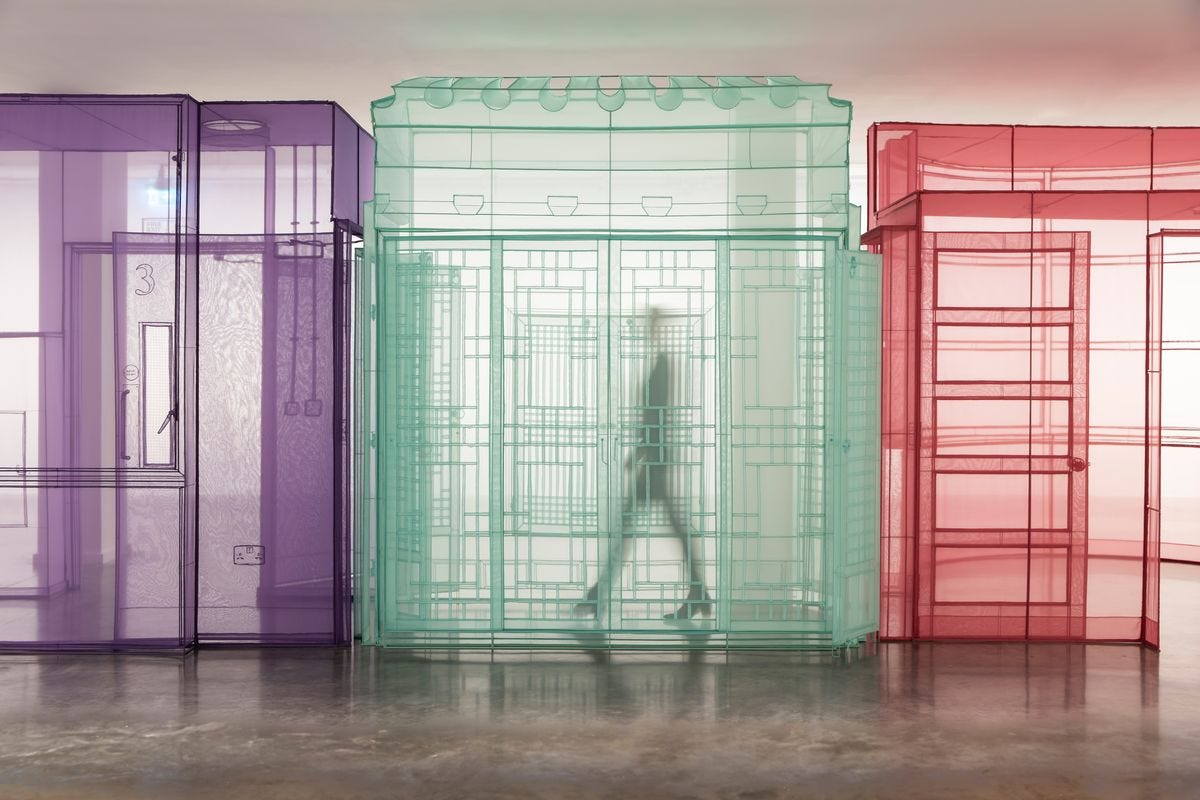

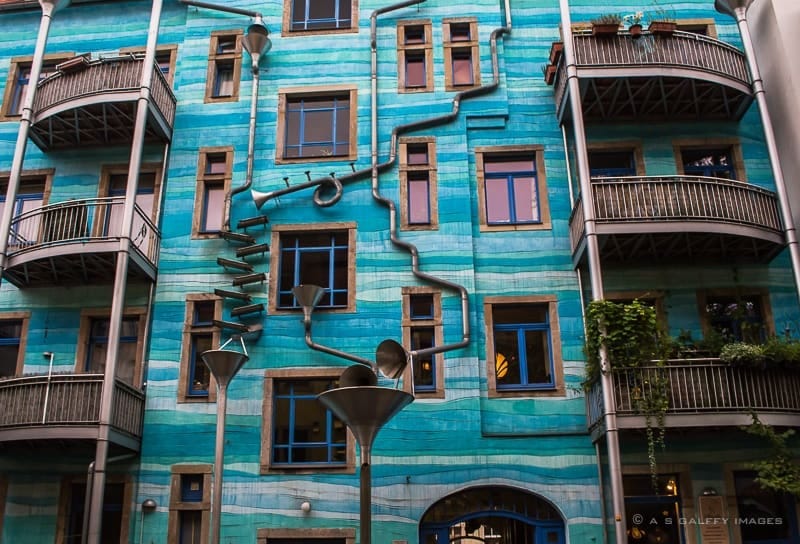

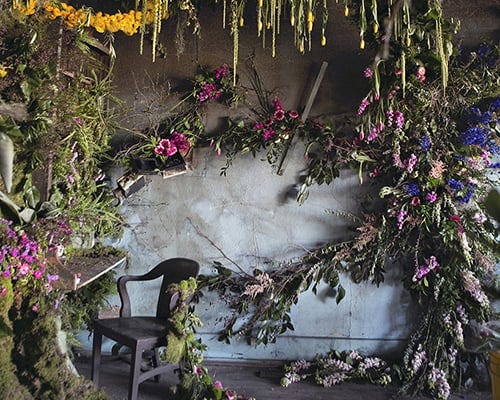

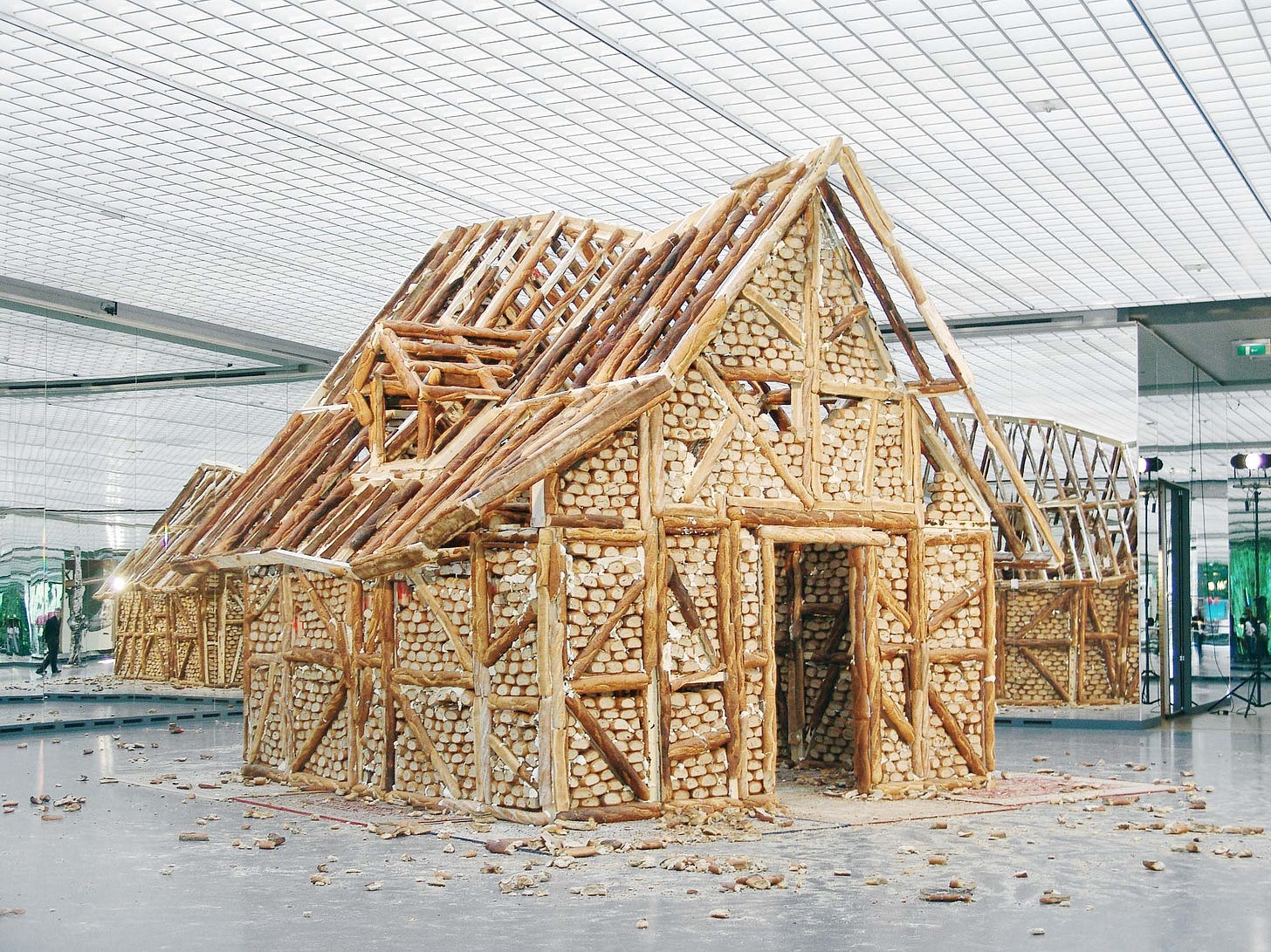

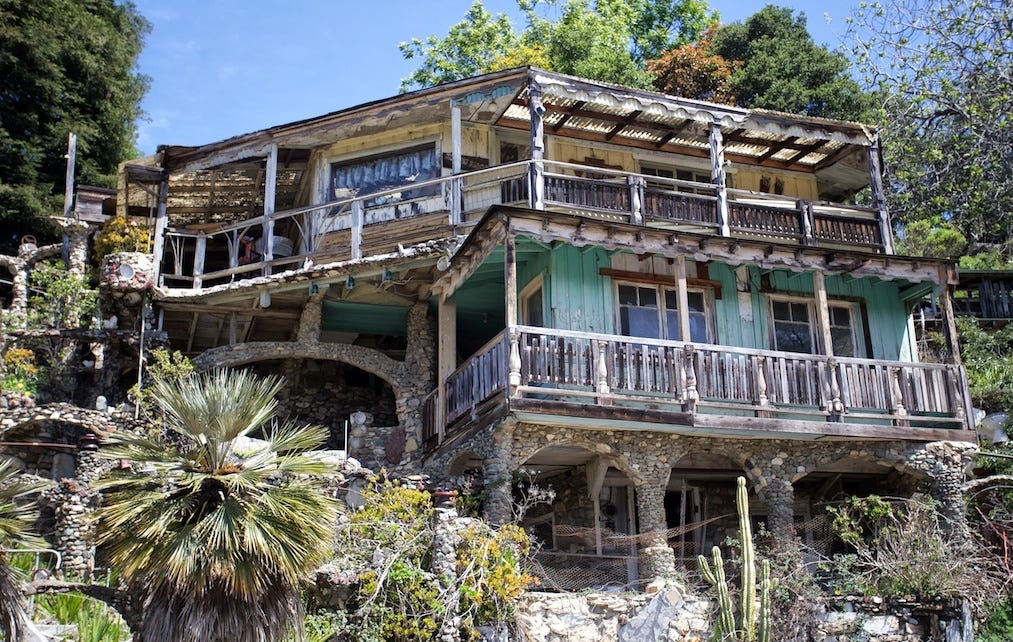

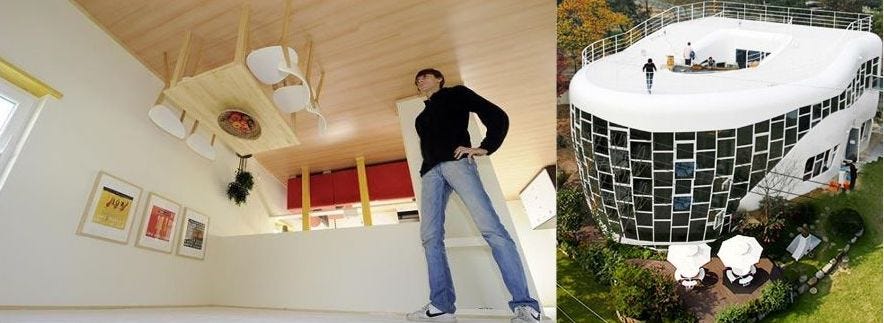

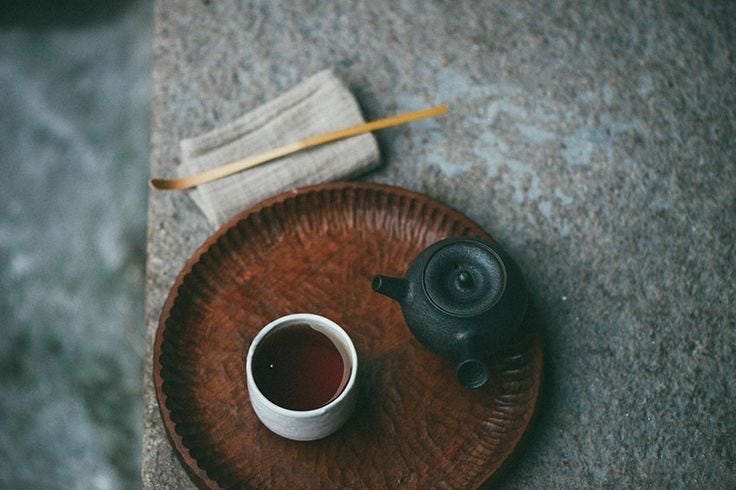

Beautiful essay. I, as a 3rd culture kid, resonate, of course. And then you top it off with the seven senses, which is pure delight. Thank you.
I especially loved this excerpt:
"No place is perfect, of course. It can be tempting to think that our life will be “fixed” elsewhere. As Ram Dass wisely said: “Wherever you go, there you are.” But there is a difference between leaving as a means for escape, and moving intentionally."
This is the most beautiful thing I’ve read in a long time. Thank you for writing a reflection on home in what felt like my very own words!